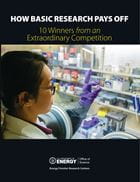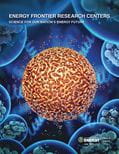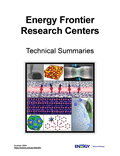Mimicking Nature - A Step Towards Artificial Photosynthesis
Scientific AchievementBuilt a synthetic light harvesting antenna which mimics those found in photosynthetic bacteria
Significance and ImpactImportant step in designing bioinspired solar devices that efficiently capture and transfer light energy
Research Details |
Top: Schematic of chlorosome antenna with baseplate and reaction center complex. Bottom: On the left, the specific chlorin pigment found in chlorosomes, bacteriochlorophyll c; on the right, a schematic of the possible structure of bacteriochlorophyll c molecules in the chlorosome.
Reference: O. Mass, D. R. Pandithavidana, M. Ptaszek, K. Santiago, J. W. Springer, J. Jiao, Q. Tang, C. Kiramaier, D. F. Bocian, D. Holton, J. S. Lindsey, De novo synthesis and properties of analogues of the self-assembling chlorosomal bacteriochlorophylls, New Journal of Chemistry, 35, 2671 (2011) [DOI: 10.1039/c1nj20611g].
Support: Work was performed at North Carolina State University, University of Washington St. Louis, and UC Riverside and supported by the Photosynthetic Antenna Research Center, an EFRC led by Robert Blankenship at Washington University in St. Louis.
More Information: This work was featured in the article, A Step Toward Artificial Photosynthesis, on the Office of Science's Stories of Discovery and Innovation on January 1, 2012.









